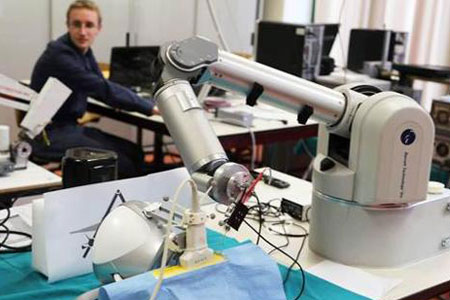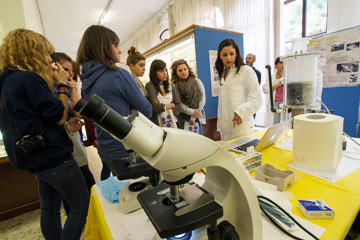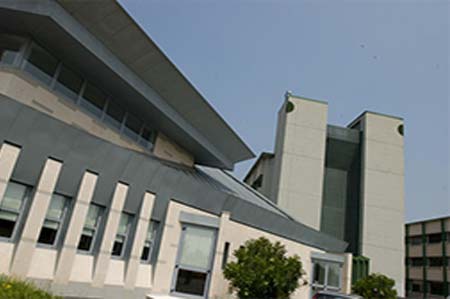Speaker:
Joel Burdick
- California Institute of Technology
Wednesday, November 14, 2018
at
4:00 PM
Sala verde
Approximately 5,000,000 worldwide suffer from a serious spinal cord injury (SCI). Not only do the injured lose the ability to stand and walk (and sometimes move their arms), they suffer from additional injury-induced complications including loss of bladder and bowel control, decreased cardiovascular and pulmonary health, inability to regulate body temperature, and loss of muscle strength and bone density. Moreover, individuals with SCI amass an additional $1.4-$4.2 million in healthcare costs over their lifetimes.
A team of researchers at Caltech, UCLA, and Univ. of Louisville have been developing spinal stimulation technologies for motor complete SCI patients—those who have lost motor control below the level of their injury. When spinal stimulation is coupled with locomotor training and drug therapy (when possible), SCI patients receiving this therapy can stand independently and make some voluntary movements (after being in a wheel chair for over 3 years). More importantly, they can expect to make useful gains in cardiovascular health, muscle tone, as well as improved autonomic function such as bladder, bowel, blood pressure, and temperature regulation. After first reviewing our clinical successes, this talk will focus on current research on new machine algorithms for automated tuning of the stimuli parameters.
Contact person: Paolo Fiorini







